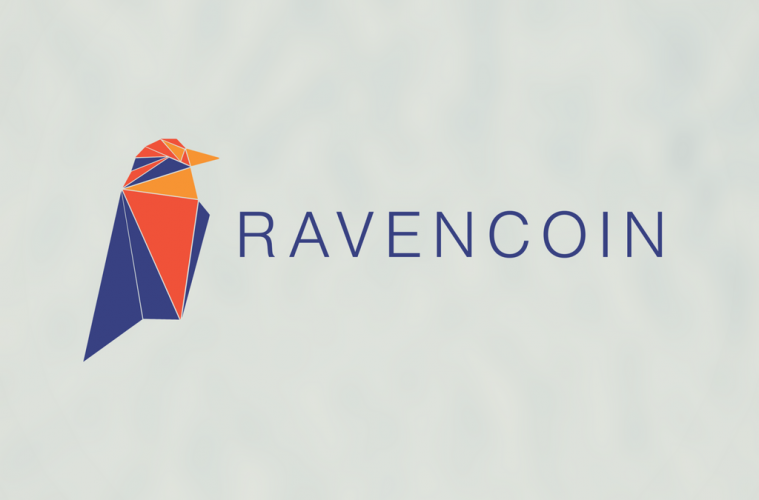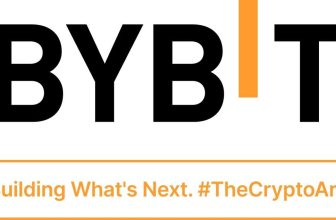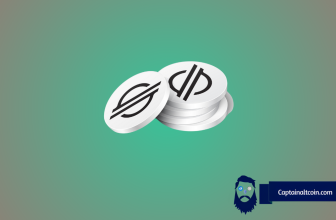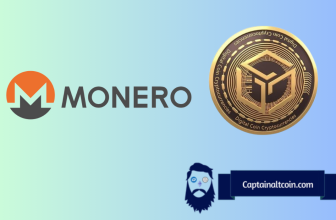
Ravencoin, a fork of Bitcoin, is a relatively young token; it’s only since January 3, 2018 that it’s been hovering among the crypto currencies. But in the last months, the coin has attracted attention thanks to its price meteoric rise. The name is the fictitious one, is borrowed from the fictional world of Game of Thrones. This is how you read on the homepage:
“In the fictional world of Westeros, ravens are used as messengers that convey true statements. Ravencoin is a use-case-specific blockchain that is supposed to deliver true statements about who owns which assets.”
To achieve this, the Ravencoin blockchain is designed to serve specific purposes. On the one hand, it should help to determine ownership of assets in a flawless manner. On the other hand, Ravencoin, similar to Bitcoin, wants to make direct payments possible. As the open source project on the homepage emphasizes, it is completely decentralized: Neither master nodes nor especially no ICO are behind the project.
What you'll learn 👉
Two faces of Ravencoin
Bruce Fenton, high profile expert from traditional finance sector, is the father of Ravencoin. Bruce is known an early Bitcoin advocate, who worked as Executive Chairman of the Bitcoin Foundation from 2015-2016. His experience led him to discover the future of blockchain’s potential for the financial securities industry.
Tron Black is one of seven lead developers of Ravencoin works for Medici Ventures, a wholly-owned subsidiary of Overstock.com. Bruce was friends with Patrick Byrne, Overstock.com’s CEO, and this is how Tron became involved with Ravencoin.
Ravencoin is the Ethereum of security tokens
As TheTokenist writes, Tron commented on the user-friendly nature of Ravencoin when compared to Ethereum:
“I don’t know if we’re trying to replace Ethereum or something like that. Although I would argue that, for the purposes of an ERC-20 token, we are far easier to use. So I think that will go a long way.”
While Ethereum is the current leader of security token standards, the programming language of smart contracts is typically confined to specialized developers. The beauty of smart contracts lies in the ability for developers to create their own protocols and token standards, which are set to abide by the rules they establish. As blockchain technology continues to expand beyond areas of digital currencies like we see with Bitcoin, Ethereum has witnessed significant success.
The user-friendly capabilities of Ravencoin seem to suggest— as described by Tron— that Ravencoin has the potential to emerge as such a frontrunner, and could perhaps even become the Ethereum of security tokens.
Ravencoin changes Bitcoin protocol
The community has changed the Bitcoin protocol in four main aspects:
Block Reward of 5.000 RVN
Block size (1 minute)
Amount of available coins (21 billion)
Mining algorithm (X16R)
With the modified mining algorithm X16R, the team wants to combat the increasing centralization of mining by ASIC miners. As you can see from the X16R white paper, X16R is based on the same algorithms as X15 and SHA512, but in a different order. ASIC miners may not be prevented by this, but it makes CPU and GPU mining more likely.
Furthermore, the entire mining process is based on Bitcoin – instead of pre-mining as with many ICOs, there is a Genesis block, which exists from the start, after which theoretically anyone can mine the Ravencoin.
There is also a halving at Ravencoin – this takes place every 2,100,000 blocks – the reward is then halved from 5,000 to 2,500 Ravencoins, this is supposed to happen for the first time in about four years.
If you want to get started, you can create a paper wallet here and look around for mining pools here.
Currently, the project is in Phase 2. After a successful start, the Ravencoin community is in the process of implementing ways to transfer assets and ownership rights. In later phases, Ravencoin also plans to make messaging and elections possible. The entire roadmap can be found in the Github account.







